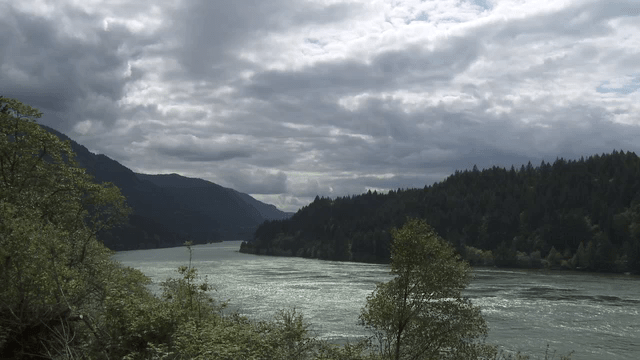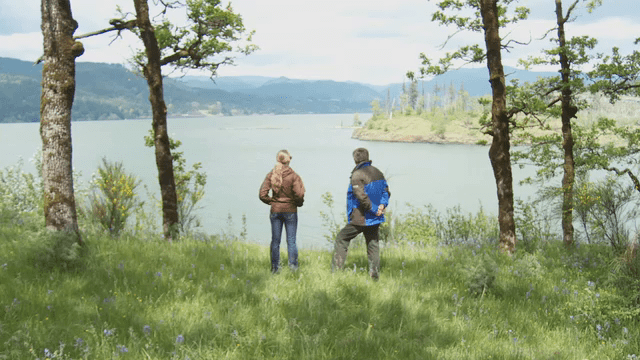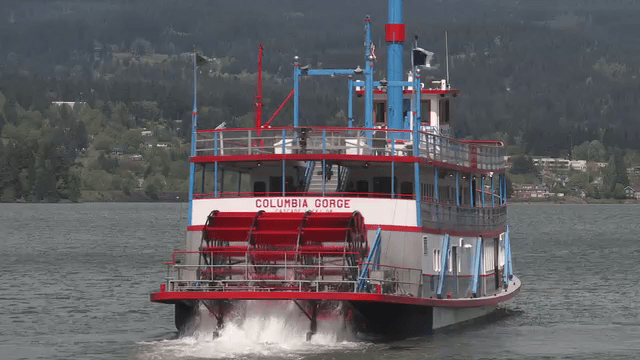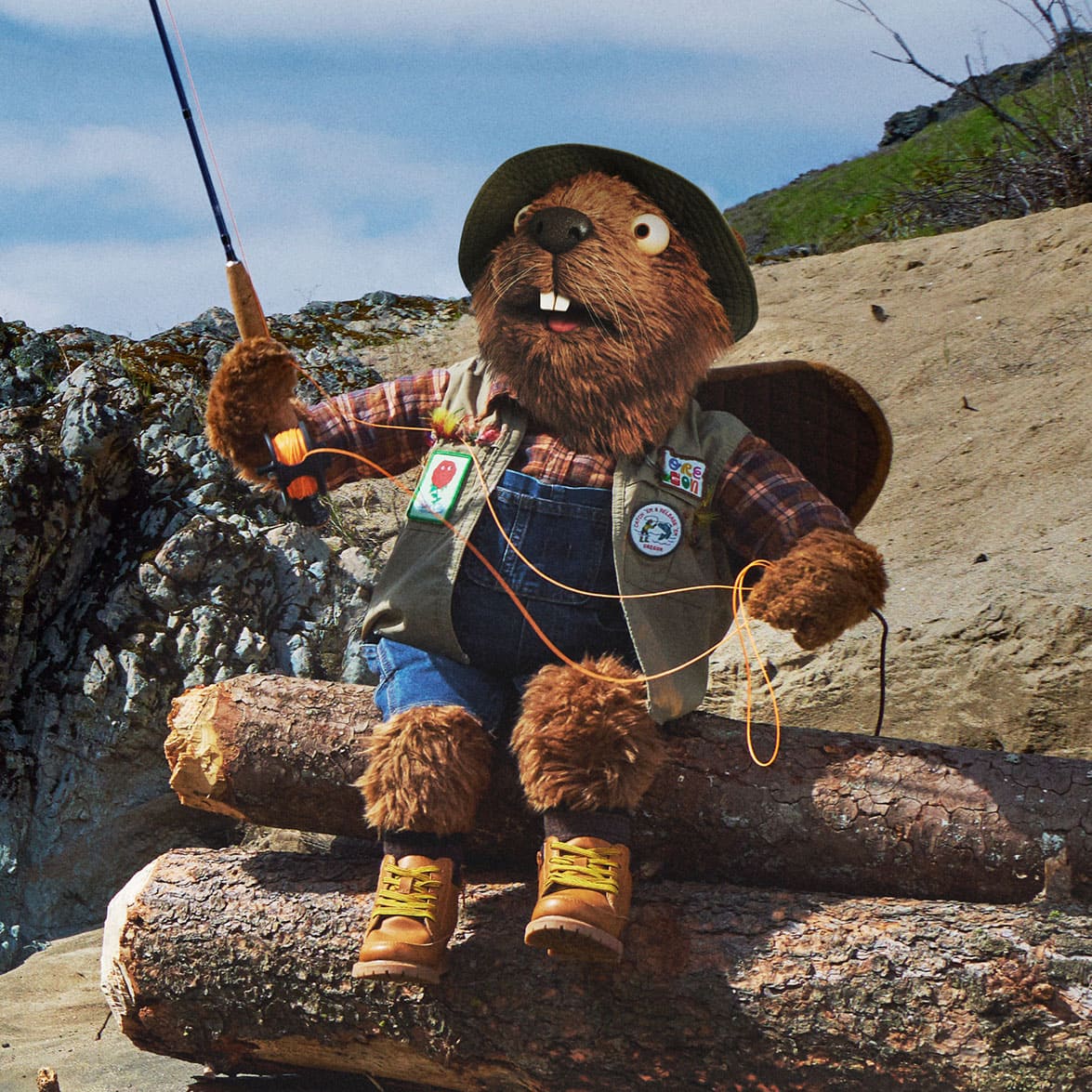A journey up the Columbia River Gorge is always a treat. It’s the chance to reconnect with special scenery and places and activities in one of the most beautiful places on the planet.
There are so many faces to the Columbia River Gorge: it’s a place where light and shadow dance across ancient basalt cliffs that rise hundreds of feet above a river that takes the breath away for its size and power. It is a place where you can discover vivid scenery that fills the senses as you trek across hiking trails that lead you into new territory. Perhaps your journey allows you to go face to face with the most amazing collection of thundering waterfalls in Oregon.
There is so much, so close and so easy to reach when you visit the heart of the gorge at Cascade Locks.
“Cascade Locks is indeed the heart of the Gorge,” noted Cascade Locks resident Holly Howell. “Our community is surrounded by the Columbia Gorge National Scenic Area and that is why our hillside views are so pristine.”
Howell is also the Development Manager for the Port of Cascade Locks and said it isn’t a matter of finding enough to do in the Gorge, but rather finding enough time to do it all.
We visited the newest public venue for hikers and bikers called the “EasyClimb Trail” on the eastern edge of town. The new 3-mile loop trails is awash in color right now with brilliant blue camas and chocolate lilies, plus an unmatched view to the Columbia River. We also enjoyed a view to a nesting pair of osprey that are raising their young. “The trail was built by volunteers who gave more than 1,200 hours of labor to design and build a family friendly trail to draw people to the sport of mountain biking but it has been embraced by a lot of our locals who enjoy walking their dogs too,” noted Howell.
The Cascade Locks Marine Park is a spacious public setting for a picnic lunch and also the launching point for 2-hour river trips aboard the Columbia Gorge Sternwheeler. The park also offers visitors a chance to learn more about the “real” Cascade Locks in the local Historic Museum. Pat Power is the volunteer care-taker of the small museum that offers a stunning photo collection that chronicles the building the locks.
“Before the locks were built,” noted Power, “boats from Portland could only come up the Columbia River to an area near the Bonneville Dam area – there they would dock and everything was off-loaded and transported up here to bypass the dangerous Cascade Rapids. From here, they could get onto another sternwheeler and continue further east.”
The photo collection captures one of Oregon’s most ambitious construction projects of the 1800’s. The Cascade Locks were built to ease the river journey around the treacherous Cascade Rapids. The project included over 3,000 feet of canal, with 3 giant steel gates and took more than 20 years to complete. When it opened in 1896, it offered easy passage for steamboats delivering food, supplies and people up and down the river.
The Historic Museum was a part of the project too; it was built by the Army Corps of Engineers in 1905. “They built three houses here and they still stand. Each house was aligned with the gates in the lock. The lock masters and their families lived in the homes and they went right out the front door to work each day – just a few yards away,” said Power.
Back in the park, you’ll also notice one of the newest features of the community – an art in the park project that includes three bronze statues by local bronze sculptor Heather Greene-Soderberg. The statues include Sacajawea and the great Newfoundland dog named “Seaman.” Both were members of the famed Lewis and Clark Expedition that passed this way more than two centuries ago.
Cascade Locks is the sort of timeless place that invites you to sit, put your feet up and watch the river and the world flow by – and it’s waiting for you – anytime!



